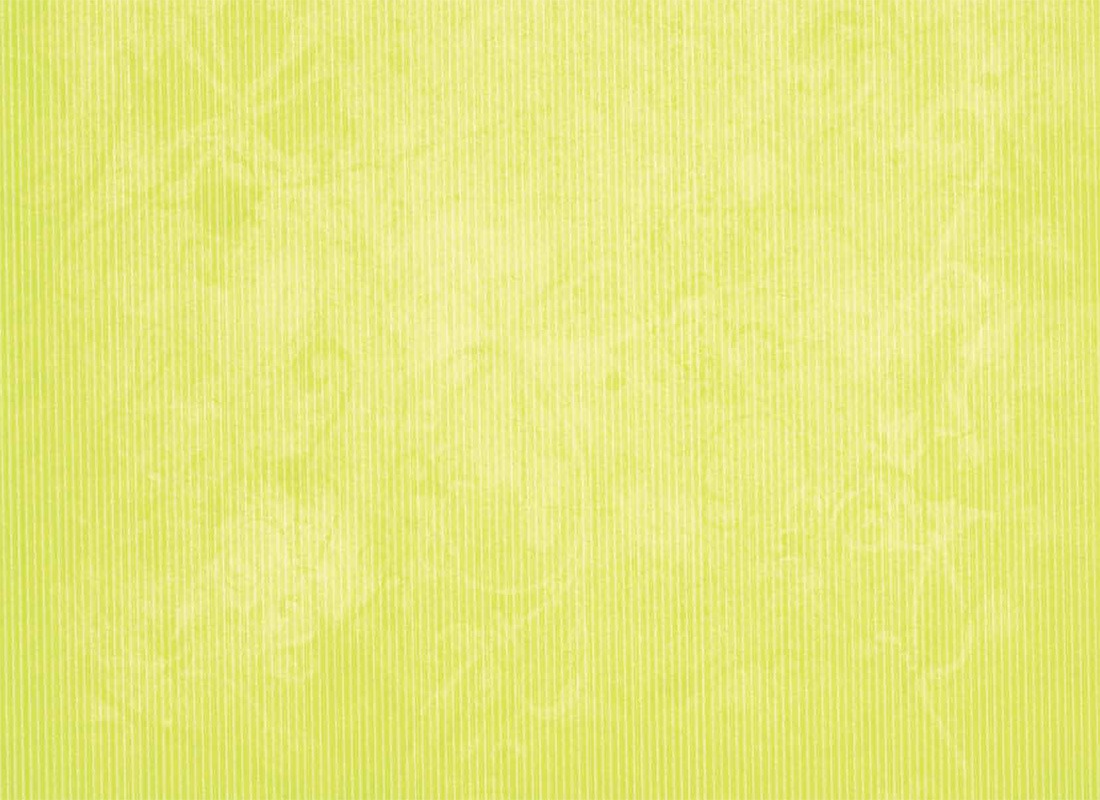

13
discuss celebrations using present, past, and
future tense verbs.
●
●
indicate how parts of the body are used.
●
describe ailments and injuries.
●
Vocabulary and Language Functions, Communication, and Communities
Students will:
A
B
C
D
E
F
learn words for community places.
●
●
●
●
●
●
learn to say where people buy food and
bread in a community.
●
●
●
●
●
●
use pronouns to say where someone is
located.
●
●
●
●
●
●
learn to say where it hurts.
●
●
●
●
●
●
express how they are feeling.
●
●
●
●
●
●
use singular and plural to identify body
parts.
●
●
●
●
●
●
identify recyclable materials.
●
●
●
●
●
●
say what materials they recycle and where
they put them.
●
●
●
●
●
●
say what presents children receive on
birthdays.
●
●
●
●
●
●
use singular and plural to describe birthday
presents.
●
●
●
●
●
●
learn about thank-you notes.
●
●
●
●
●
identify different forms of media by reading
an email.
●
●
●
●
●
describe people and events.
●
●
●
●
●
use and apply present-tense forms of the
verb ser.
●
●
●
●
●
identify different forms of media by looking
at a GPS map.
●
●
●
●
●
describe objects by using adjectives for size
and length.
●
●
●
●
●
indicate where someone is located using the
verb estar.
●
●
●
●
●
recognize different forms of media by
looking at a class schedule on a Web site.
●
●
●
●
●
indicate possession using present-tense
forms of tener.
●
●
●
●
●
recognize different forms of entertainment
by looking at a video game.
●
●
●
●
●
demonstrate understanding of present tense
forms of tener and ser.
●
●
●
●
●
state what foods they like and dislike using
the verb gustar.
●
●
●
●
●
describe the appearance, flavor, and smell
of food.
●
●
●
●
●
describe events that are going to happen in
the future.
●
●
●
●
●
identify places where professionals work.
●
●
●
●
●
describe professionals in their communities.
●
●
●
●
●
use and apply the present-tense forms of
the verb trabajar.
●
●
●
●
●
name several traditional Cuban musical
instruments.
●
●
●
●
●
identify different forms of media by reading
an email.
●
●
●
●
identify where places are in a community by
studying a map.
●
●
●
●
use and apply present-tense forms of the
verbs ir (to go) and estar (to be).
●
●
●
●
learn to ask and tell what time it is.
●
●
●
●
describe schedules.
●
●
●
●
use and apply present-tense forms of the
construction ir a + infinitive (“to be going
to”).
●
●
●
●
learn how to use adverbs.
●
●
●
●
use and apply present-tense forms of the
verb moverse.
●
●
●
●
practice the present-tense forms of the
verbs cuidar and lavar.
●
●
●
●
use me duele to describe what hurts.
●
●
●
●
use era and eran to say how something or
some things used to be.
●
●
●
●
use and apply the present-tense forms of
the verb hacer.
●
●
●
●
use and apply present-, past-, and future-
tense forms of the verb celebrar.
●
●
●
●
describe a holiday in the Hispanic world and
one in their community.
●
●
●
●
learn the irregular verb volar (to fly) in the
present-tense.
●
●
●
learn the past-tense of the verbs comer and
aprender.
●
●
●
learn the conjugation of the irregular verb ir
(to go) in the past-tense.
●
●
●
learn the future tense of the verb trabajar.
●
●
●
practice and review past-, present-, and
future- tenses.
●
●
●
use the present-tense forms of venir and of
the stem-changing verb jugar.
●
●
read and write an email.
●
●
use and apply forms of the verb doler.
●
●
use and apply present- and past-tense forms
of the verb atender.
●
●
apply correct noun-adjective agreement.
●
●
discuss classroom rules.
●
identify, describe, and discuss games.
●
explain the importance of keeping the
environment healthy.
●
identify and describe traditions.
●



















